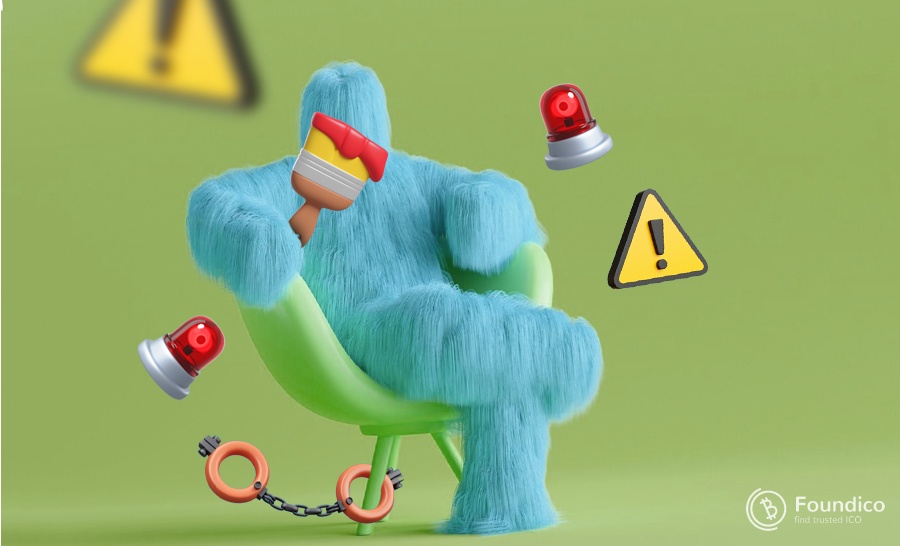Art & Artworks Being Utilized for Illicit Activities

Particularly for modern and contemporary works, prices in the art market have significantly increased. Artwork can sell for millions of dollars and have a high potential value. Criminals have come to understand that the art market presents an ideal opportunity for covertly transferring large sums of money.
A criminal's financial involvement in illegal activities like drug trafficking, the sale of weapons, or money laundering usually marks the beginning of the process. Instead of depositing this money in a bank account, the criminal purchases an expensive piece of art. The artwork is then put up for sale or sold to a buyer, usually from another country. The sale proceeds are deposited into a bank account and appear to be legitimate earnings from the sale of the artwork.
"Art flipping" is a method that criminals use to move large amounts of cash covertly. They may later use this money for lawful transactions or invest it in respectable assets. The art market is ideal for money laundering because it is unregulated and opaque.
Criminals can also use art to conceal their illicit assets. High-value artworks are easy to move around and store, which makes them a perfect asset to hide. Criminals frequently purchase artwork with stolen funds and conceal it in secure locations like safety deposit boxes or private collections.
Criminals covertly transfer money across borders using the art market. There are many different currencies used in the international art market. Because art transactions frequently involve middlemen or shell companies, it can be difficult to determine where the money's illegal sources originated.
The ability of art dealers and auction houses to spot and halt illegal activity in the art market has improved. This task is challenging because the market lacks transparency and regulation.
In conclusion, the art market has developed into a sought-after tool for criminals to launder money, conceal illicit assets, and send money covertly across borders. Criminals cover their illegal activities with expensive works of art, and they use them to move large sums of money across international borders. The art market is a prime target for these kinds of activities due to the absence of regulation and transparency in the sector. Authorities and regulators must collaborate to monitor the art market and prevent it from being used for illicit purposes.
Author: Pooyan Ghamari, Swiss Economist

 Best Wallet - Best Wallet Token, revolutionizing the Web3 experience. $BEST token reduces transaction fees, grants exlusive early access to the hottest presales and gamifies wallet engagement.
Best Wallet - Best Wallet Token, revolutionizing the Web3 experience. $BEST token reduces transaction fees, grants exlusive early access to the hottest presales and gamifies wallet engagement.